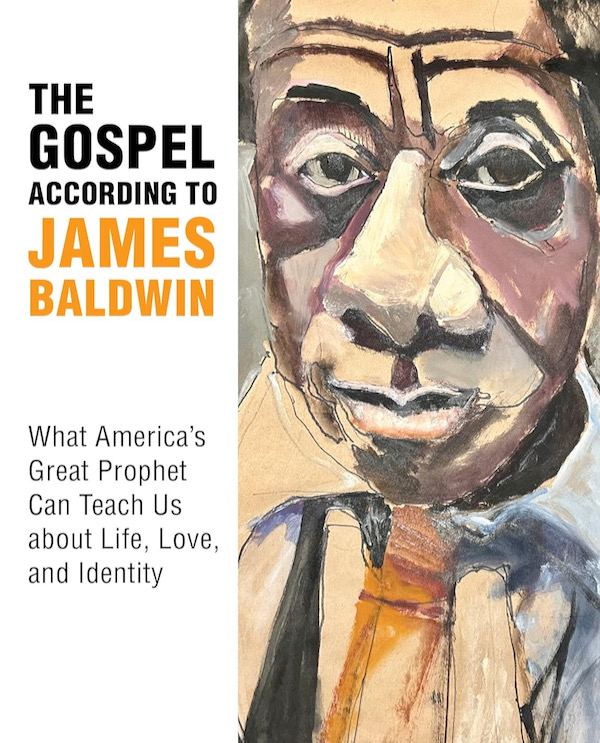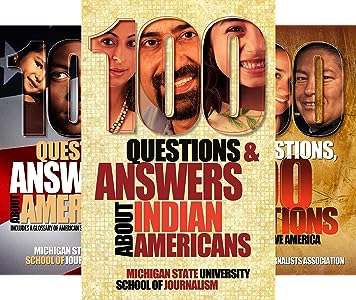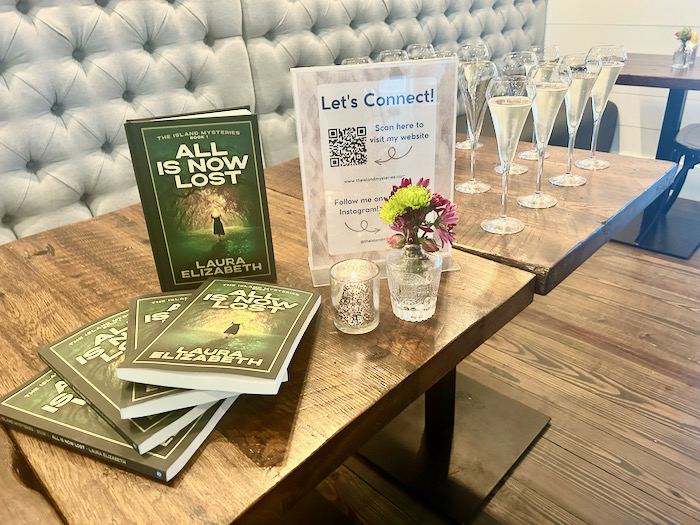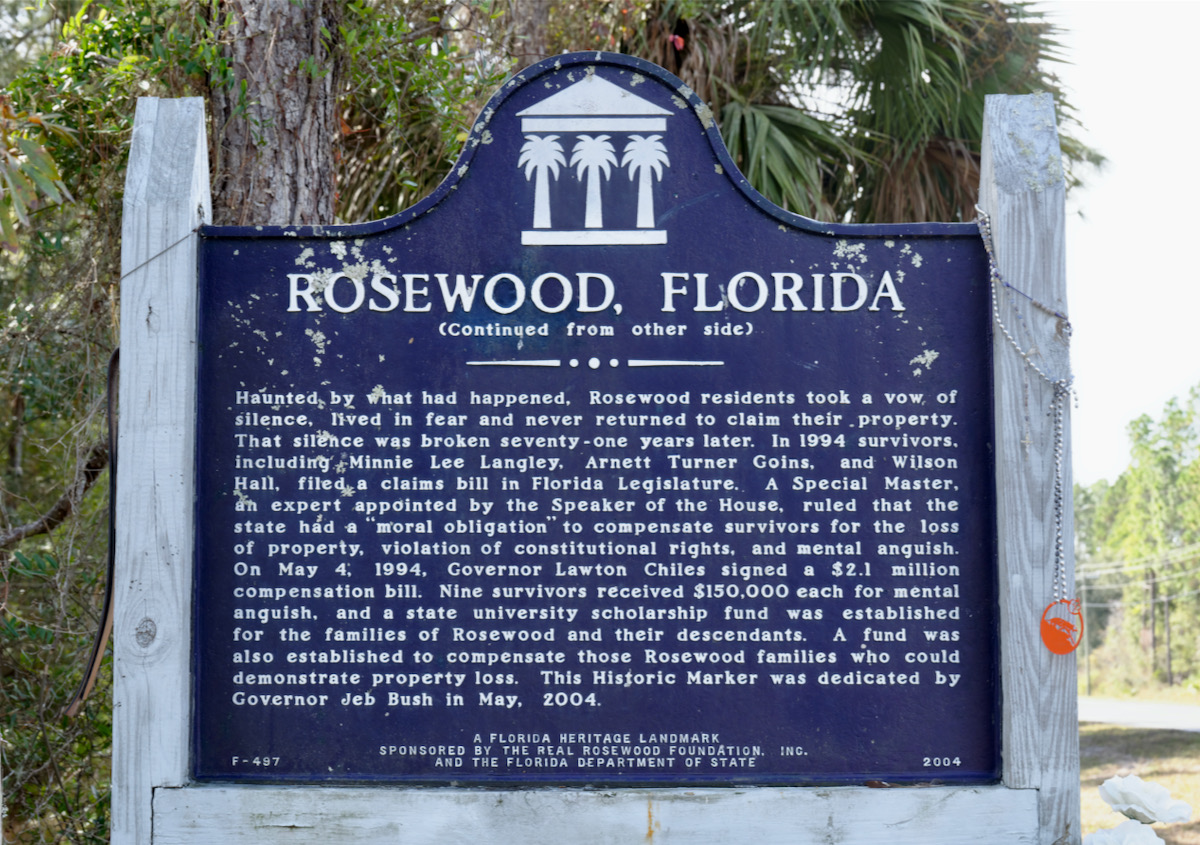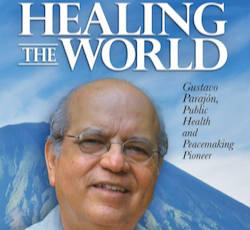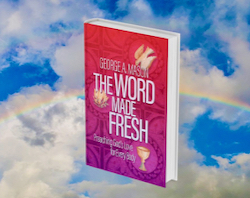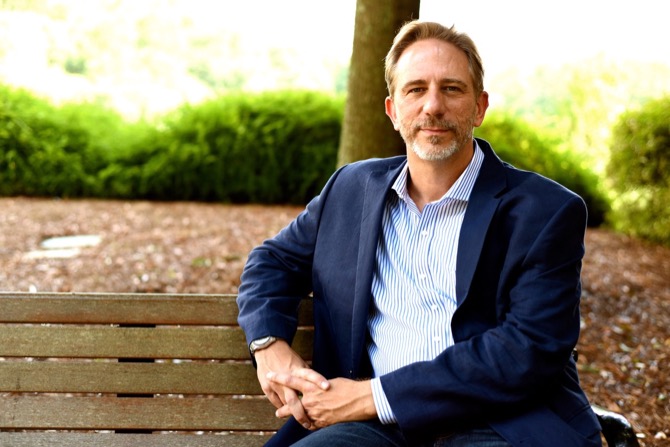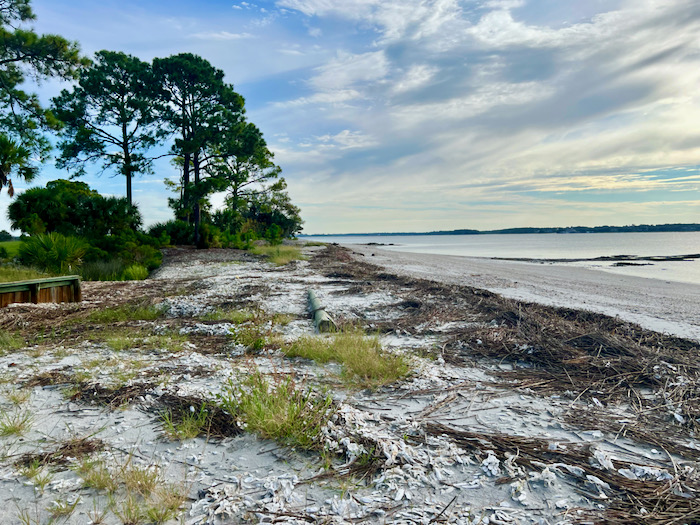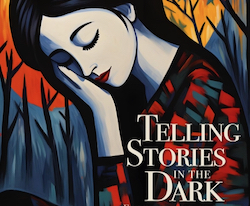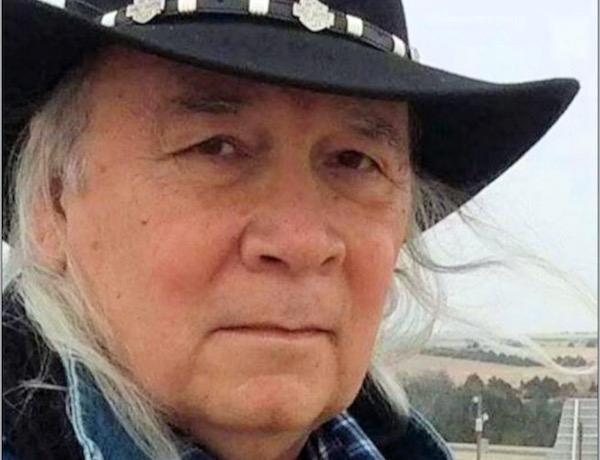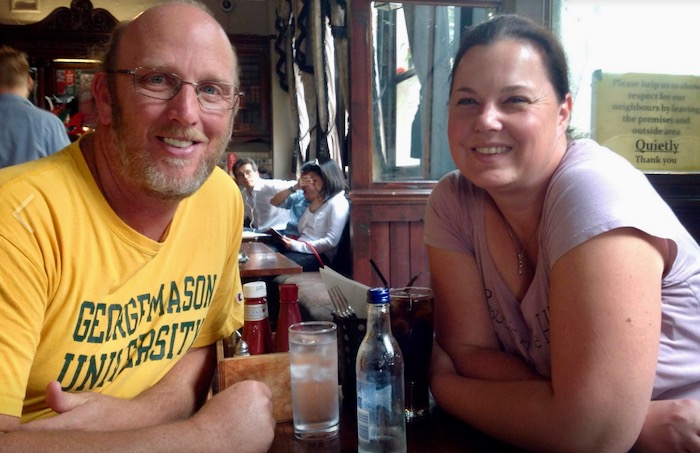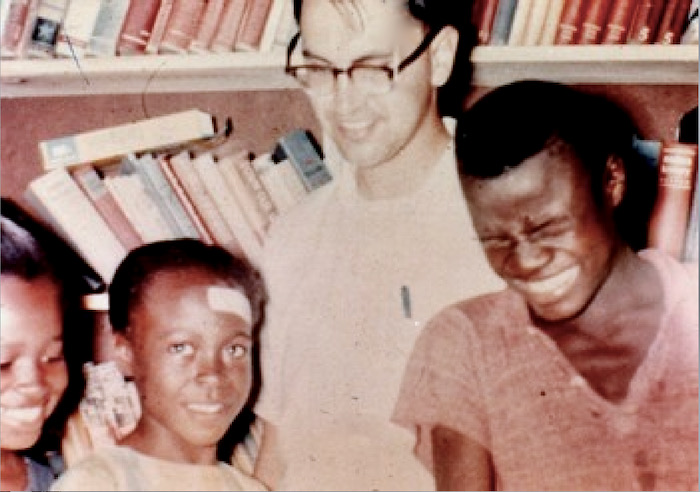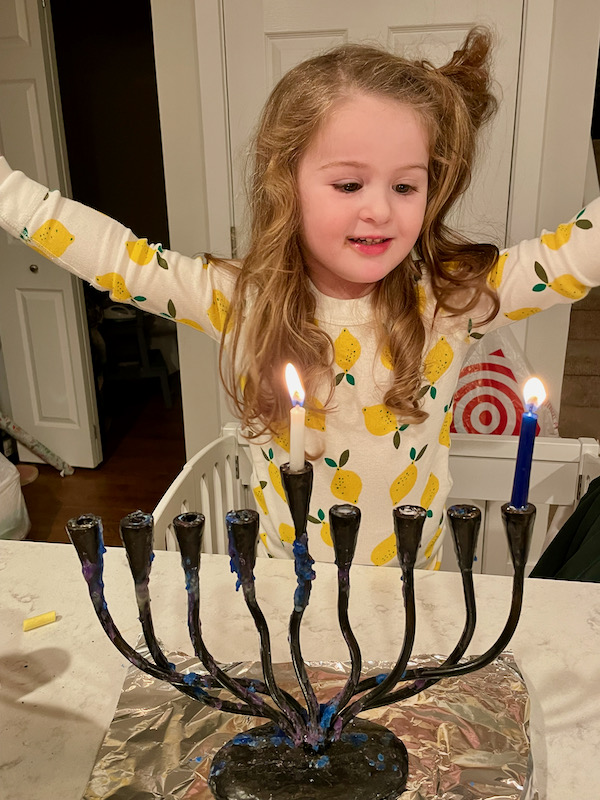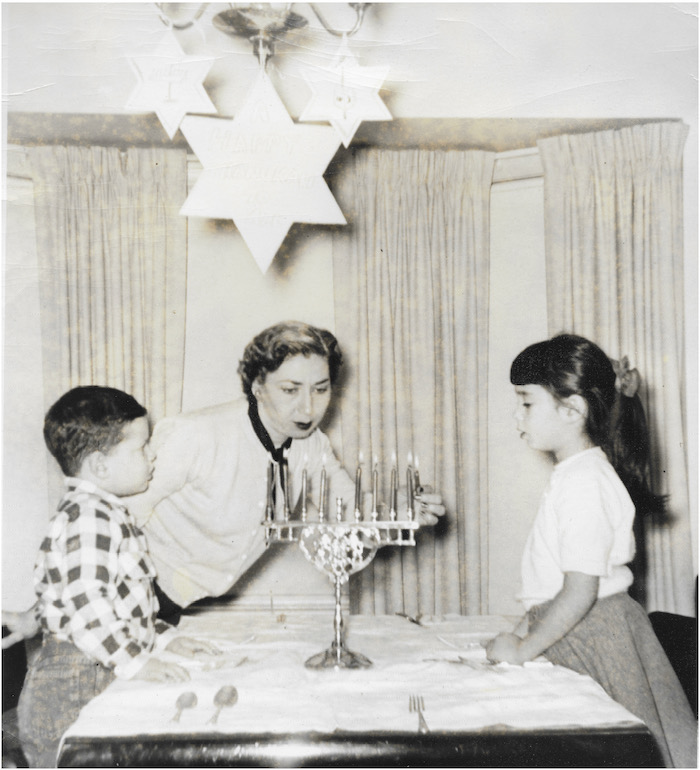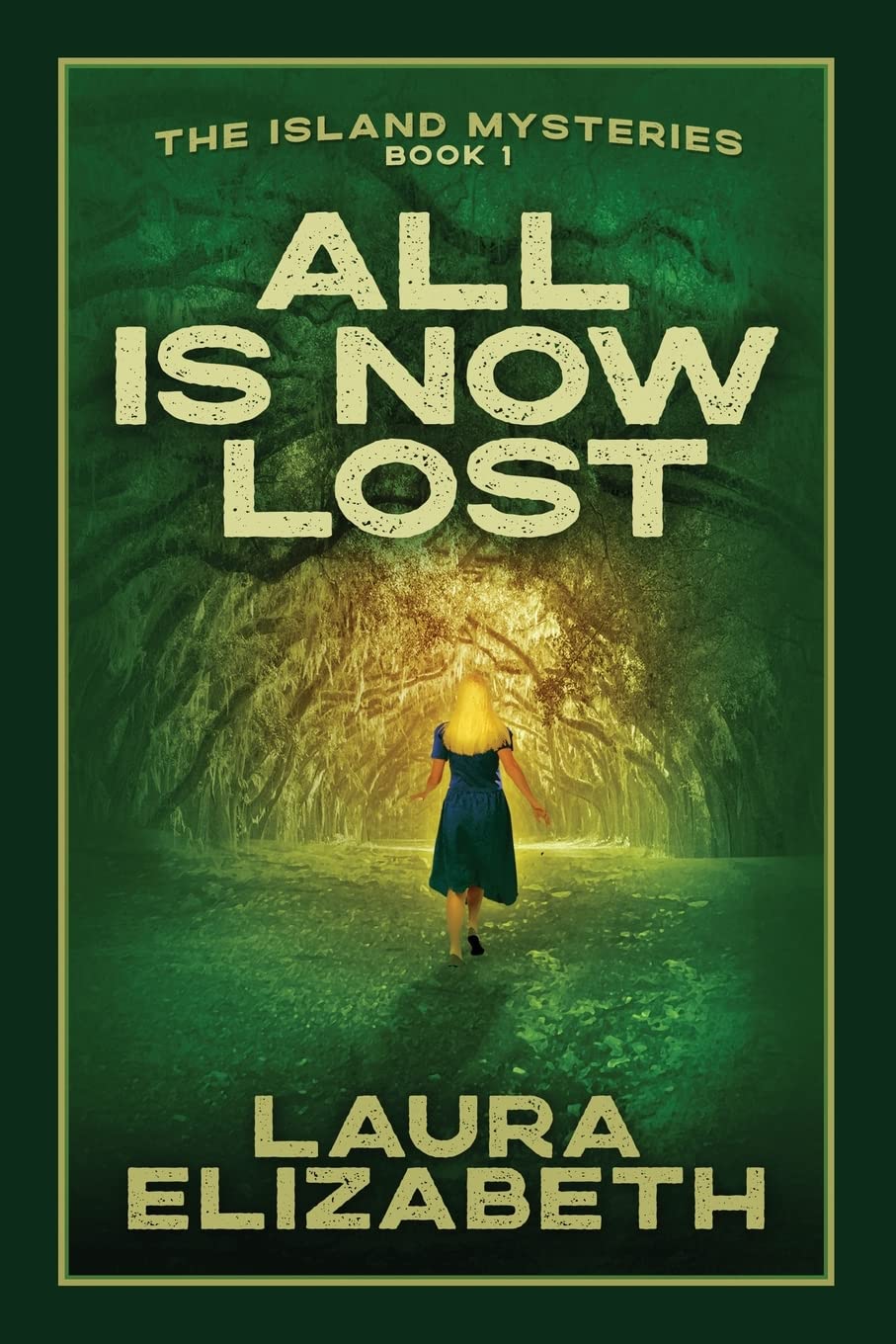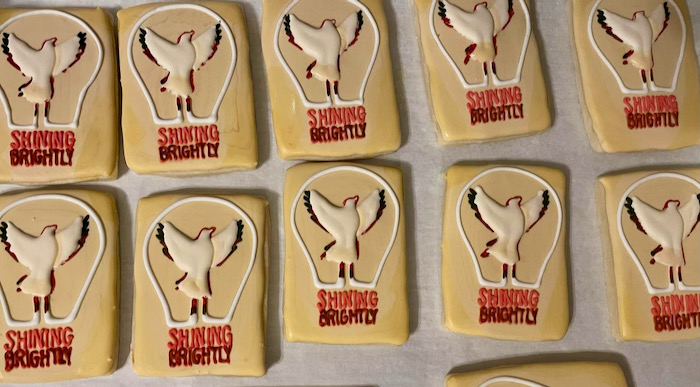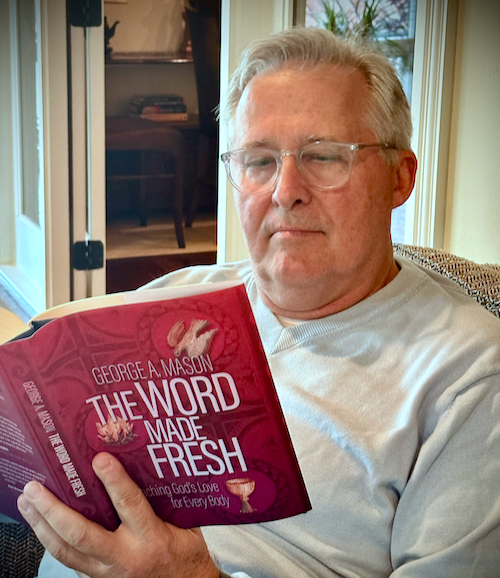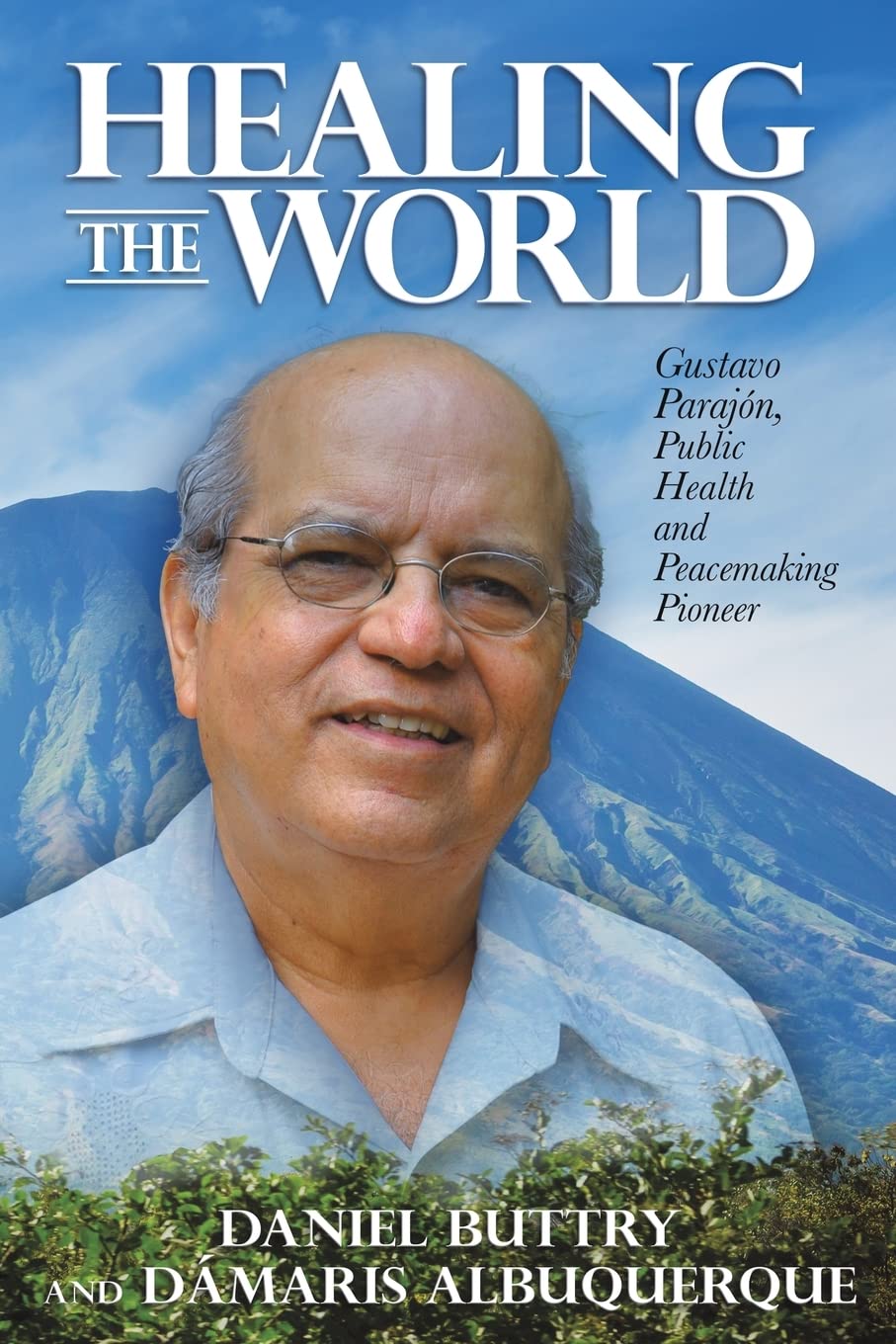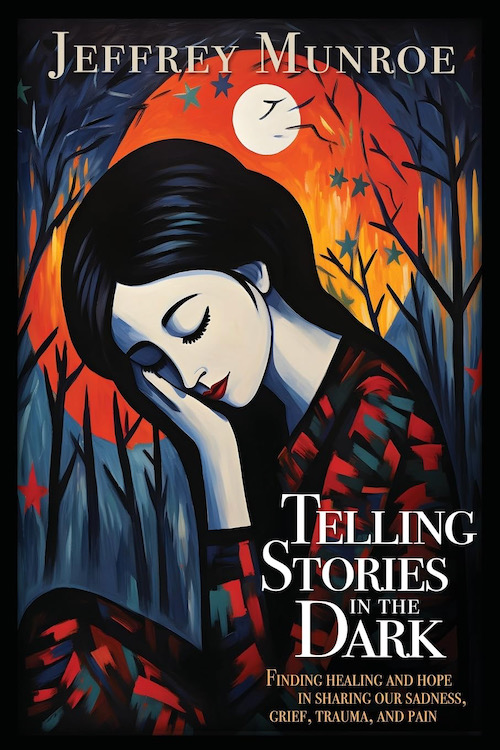
Click on this cover to visit the book’s Amazon page, where it will be available in Kindle, paperback and hardcover after the January 30, 2024, launch date. So, please order now for prompt delivery. The book also is available via Barnes & Noble, Walmart, Bookshop.org and other bookstores nationwide. And there’s even more: Readers also can learn much more about this book—and can download a free discussion guide—by visiting the Reformed Journal Books page.
In Recognizing the Harmonies between Our Stories, We May Rediscover God’s Creative Music in Our World
By DAVID CRUMM
Editor of ReadTheSpirit magazine
Healing. Hope.
Don’t those two words sound wondrously powerful? And—don’t those two words seem desperately needed by all of us in our troubled world, today? That’s why I responded so enthusiastically on behalf of our publishing house the moment journalist, author and pastor Jeffrey Munroe proposed his new book to me.
“Telling our stories—that’s where we find healing and hope,” Jeff said to me and instantly I knew I was collaborating with a kindred spirit. Of course, I was already a fan of Jeff’s earlier book-length introduction to the works of our mutual mentor Frederick Buechner, Reading Buechner. I have been a life-long reader of everything Buechner has written and, as a journalist myself, had the opportunity to interview Buechner several times over the decades.
Both Jeff and I credit our mentor with laying out this wisdom about storytelling. Here’s just one of Buechner’s many formulations of this powerful truth:
“My story is important not because it is mine, God knows, but because if I tell it anything like right, the chances are you will recognize that in many ways it is also yours. … It is precisely through these stories in all their particularity, as I have long believed and often said, that God makes himself known to each of us most powerfully and personally.”
This week, our publishing house team is preparing to launch Jeff’s book—Telling Stories in the Dark: Finding healing and hope in sharing our sadness, grief, trauma, and pain. In preparing this news to share with the world, we asked early readers of this book what questions they hope interviewers will ask Jeff as he embarks on a series of public outreach events.
And please stay tuned to our ReadTheSpirit weekly magazine—and to the magazine where Jeff is the Editor, The Reformed Journal—for an ongoing series of news items about the many ways Jeff and his new book will be touching lives around the world in 2024. (By the way: There’s even a “Books” section now in The Reformed Journal’s website for news about this new book and future books we plan to produce with Reformed Journal partners over the next few years.)
Questions Readers Want to Ask Jeffrey Munroe
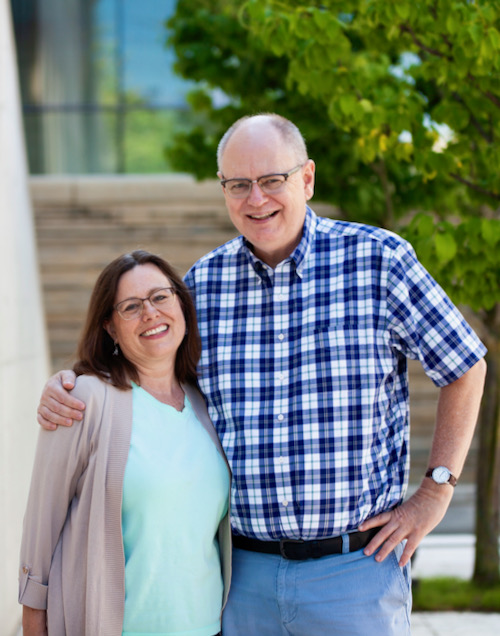
Jeffrey Munroe with his wife Gretchen in Holland, Michigan. Their mutual story also is a part of this book.
We’re starting our public outreach this week—as we count down to the national release of Jeff’s book on January 30—by asking the questions most folks hoped we would ask him.
Question: How did you come to write Telling Stories in the Dark? What led you to be interested in this topic?
Jeffrey Munroe’s Answer: The pandemic set me on this path. I knew seven people who died in the first year of the COVID pandemic and that made me think: If I know seven people, imagine the multiples of what this means across the general population? How in the world do we even talk about such enormous, widespread loss? I was having trouble reckoning with the loss myself—and I realized we all would need fresh resources, ideas for finding help together.
Also, my book Reading Buechner had launched just a few months before the pandemic hit and I lost opportunities to talk about that book because so many things were cancelled. But, I did find myself talking about the book with people at a church in my hometown—and I mentioned Buechner’s idea of “stewardship of pain”—and a woman asked me if I would talk with her further about that idea. When I began talking with her, I realized that I didn’t have as many answers as she had questions about this. What does it mean to work with our pain in ways that will lead us toward hope and healing? So, that woman’s questions led me to want to know much more about this. And, the fact that she asked me those questions showed me something else: We tend to think about pain or the experience of loss as something that happens to us individually—but talking about these stories opens doors to others.
I kept thinking about that question: What would it mean, after experiencing a loss or trauma, if we took that experience and did something with it that might bring healing to ourselves and to others?
Frederick Buechner flips a parable to explore ‘the stewardship of pain’
Question: How does this new book build on Reading Buechner, your previous book?
Answer: Reading Buechner is not a biography of Frederick Buechner, although I do cover biographical details. He was a prolific memoirist himself, so readers tend to know a lot about his life already, plus there have been academic, critical reflections on his life and work published on several occasions. Instead, I wrote this book for people who may have heard his name and are curious enough to wonder: What should I read? There are so many books out there you could choose—and he was a master of multiple genres, so you could choose novels or memoirs or other kinds of books! So, in Reading Buechner, I took 10 of his 40 books that I consider essentials and helped readers to see why those were good starting points.
If readers are looking for the phrase “the stewardship of pain,” I found it in an essay titled Adolescence and the Stewardship of Pain in the book The Clown in the Belfry. Buechner looks at the parable of the ‘talents’ in Matthew 25 in which Jesus tells about a man going on a journey who gives pieces of his property to be managed by his servants. Usually, in all the sermons I’ve heard about this passage, it’s about how we should manage our resources, our money and property, a pretty literal reading of the parable. But Frederick Buechner totally flips the parable around by asking: What if pain is the thing we’re given in life—and our temptation is to bury that pain and hold it inside of ourselves. The reality is that burying pain doesn’t work. Anything we bury like pain won’t stay buried. So what could it mean if we tried to do something redemptive with that pain?
People are willing to share their stories—if we are prepared to listen
Question: How did you find people to tell their stories in this book?
Answer: That’s the rub here. I did wonder: Are people willing to take the risk of sharing these kinds of stories? I discovered that, yes, people are willing to tell their stories if you ask them—and you are prepared to spend the time to listen carefully.
I’m finding this in discussion groups, too. Even before the book’s launch date, I’ve been able to discuss the book with early readers. I’m hearing some remarkable stories shared in those discussion groups. People are willing to share—even though our culture for many years has told us to hide these kinds of experiences. If we encounter loss and trauma, we’re told by lots of well-meaning people around us that we should just “get over it” as quickly as possible. But it doesn’t work that way. These stories are deep inside of us and can keep affecting us sometimes for many many years.
Instead, when we name our pain and talk about it with others, we find not only healing and hope ourselves—but others can find their own healing and hope. That’s what Frederick Buechner is talking about in that famous quote about telling our stories so others can recognize their own.
An insight shared with the 12 Step movement
Question: And this is an insight that lies at the core of the 12 Step movement, as well. That’s what Bill W discovered and it has helped millions of lives around the world. As recently as November, I was moved by actor Hank Azaria’s tribute in the New York Times to Matthew Perry for taking him to a 12 Step meeting. So, this idea of the transformative power of telling our stories rests on a deep foundation, doesn’t it?
Answer: Even Frederick Buechner once said that the church should look a lot more like an Alcoholics Anonymous meeting than it does.
Question: And, of course in your book, you welcome into each chapter this wide range of experts and scholars to talk about these gripping true stories we’re reading. That makes this book a real page-turner! As each chapter opens, we are immersed in another compelling true story, then in the second half of the chapter, an expert discusses that story with you. I know as I read your book, I began starting each chapter wondering: Will I be able to spot the key moments in the story that the expert will highlight?
Millions of books have been published and it’s possible someone else has used that format, but it seemed unique to me—that chapter-by-chapter pairing of people. How did you come up with that format of matching a different expert with each story?
Answer: I’m proud to say that I thought of that format myself. And part of that idea may have been because I’m a journalist. As journalists, we’re not setting ourselves up as The Expert; our role is to find people to interview who are the real experts.
When I started working on this book, I did try to read as much as I could in these fields of pain, loss and trauma—but I realized that the best use of my skills was to act as a reporter and interview people who know a lot about these issues. So, then, my challenge became: Can I match each person telling their story with someone who has real wisdom and insight into that kind of experience? I think that matching of people in each chapter really is a unique strength of this book.
For people of all ages
Question: Is this book intended solely for people who have gone through tragedy? Who is your target
audience?
Answer: No, this isn’t just for people who have gone through tragedy. This is a book for all of us, because we all will go through some kind of tragedy or a loved one will—even if we have not experienced that already.
Question: I’m thinking of Queen Elizabeth’s comment after the attacks on 9/11: “Grief is the price we pay for love.” Just as Buechner wrote about it, pain is something that happens in life—it’s something we all can expect to receive. And that makes this book appropriate for a very wide age range, doesn’t it? Can’t you imagine how different a discussion among college students might be from a discussion among older adults?
Answer: I’ve already heard that, yes. I shared this with an adult education class at a church and I asked: “Who do you see as the audience for this book?”
One woman said, “It ought to be a text in a senior seminar at every college. This is the kind of thing they should be talking about at that age. It’s equipment they need for living as they walk out into their lives.”
So, yes, I’m already hearing that this can be a good book for many different age groups.
Connecting with Jeffrey Munroe
Question: You mentioned that you’re available to lead discussions about Telling Stories in the Dark. How would someone go about reaching out to you?
Answer: Visit my website, JeffreyMunroe.com, then click on the “Contact” link.
If people visit my book’s page at ReformedJournal.com, they also will find a free Study Guide they can download to help with individual reflection or group discussions.
Ordering your own copy
Question: And where can readers purchase your book?
Answer: The book is available via Amazon, where readers can choose Kindle, paperback or hardcover editions. The book also is available via Barnes & Noble, Walmart, Bookshop.org and other bookstores nationwide.
